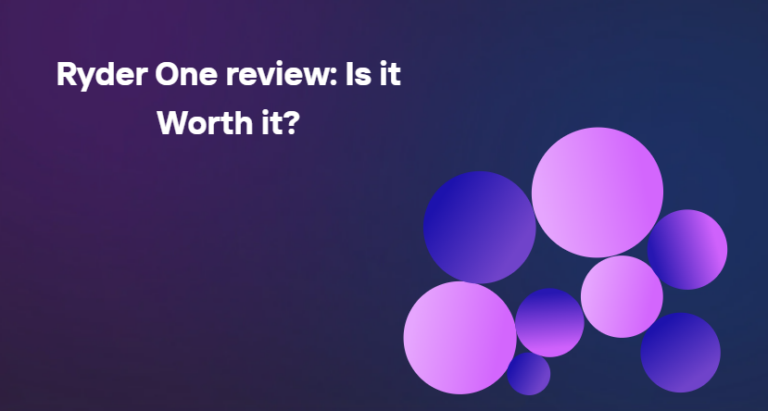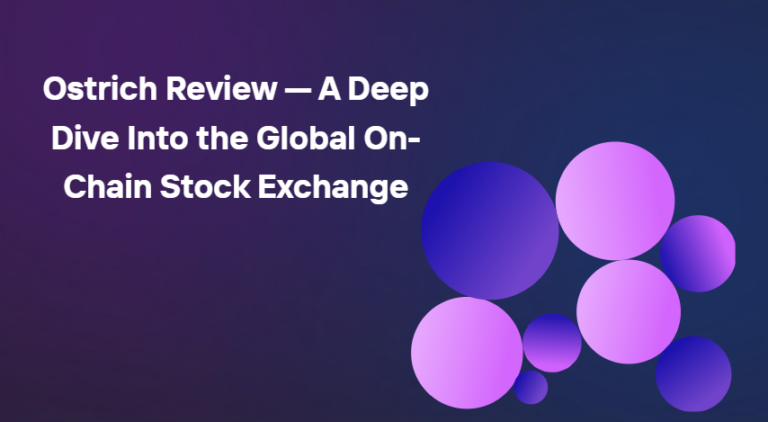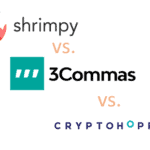When choosing an on-chain data provider, it’s easy to get lost in lists of features. But the key question is simple:
What do traders actually need?
The answer isn’t just raw events or ticks; it’s contextual on-chain data, delivered with low latency.
Raw feeds (like trade ticks or transfers) tell you what happened. Contextual feeds tell you why it matters.
With that lens, we list the top criteria most traders look for in a data provider, and here’s how Bitquery, Birdeye, and Codex compare:
Table of Contents
Latency
Most traders will mention latency as their top requirement. “low-latency (<100ms) infrastructure for orderbook data”, “we want to get the data as fast as possible”. This few hundred milliseconds difference helps them execute profitable trades.
In this section, we will compare solutions in terms of the latency of data delivery.
Bitquery
- Real-time updates and subscriptions. Can be accessed through GraphQL streams (WebSocket) or through Kafka.
- Ultra-low latency (~400 ms) with managed Kafka streams that support dedicated context-aware topics like trades, tokens, and transfers.
- Persistence of data: Even if you lose connection, you can still get past data.
- Streams enrich raw events with contextual data (e.g., OHLC in USD, trading indicators). This is difficult to achieve at scale while keeping latency low.
Birdeye
- Updates for token and wallet data with ~3-second query time.
- REST API–based, so latency is tied to request-response cycles (not true streaming).
Codex
- On-chain to queryable with live updates.
- WebSockets support immediate data push; built for streaming analytics with minimal lag.
Data Points, Amount of Data
Most solutions in their pricing plans mention a limit on the amount of data ( say in GiBs) you can retrieve. Which means the depth and breadth of available data determine whether traders can build simple dashboards or full-blown strategies.
Bitquery
- Millions of tokens in a single API call or stream. No limit on the amount of data on any API.
- Market data: OHLCV, trades, liquidity, volume, unique wallets, USD prices across chains.
Balances: token balances, portfolio overview, holders. - Transfers/transactions: ERC-20 transfers, NFT events, calls/logs.
Birdeye
- Fixed REST API endpoints
- Prices & OHLCV (latest, historical, candlesticks).
- Trades (single/multiple), trade profit/loss.
- Token stats: security, memecoin creation info, supply, marketcap, trending lists.
- Wallet portfolios.
Codex
- Charts: pricing, OHLCV metrics.
- Real-time aggregates: volume, liquidity, unique wallets by timeframe.
- Holder data: tokens and NFTs.
Context
Bitquery
Strong contextual enrichment in streams (normalized USD prices, trading indicators). Unified data model across multi-chain datasets.
Birdeye
Provides token metadata (security info, creation data), but endpoints are fixed and lack deep contextual enrichment.
Codex
Context mainly focused on chart-ready metrics and aggregated statistics (liquidity, volume, wallet activity).
Real-time & historical data
Bitquery
- Real-time: WebSocket subscriptions & Kafka streams.
- Historical: GraphQL Query API with fully customizable datasets.
Bulk analytics: raw cloud storage access. - Data dumps: Data delivered to the preferred solution in the preferred format.
Birdeye
- Near real-time (3s query time ).
- Historical: OHLCV candlesticks and historical trades/prices.
Codex
- Real-time: WebSockets for continuous data.
Historical: Chart metrics and aggregated datasets for backtesting/analysis.
Access modes and how they affect your application
The way data is delivered, say via streams, APIs, or storage, affects how developers integrate it into trading systems or enterprise pipelines.
Bitquery
- GraphQL API supporting customizable queries across historical and combined datasets, with full database query capabilities (limits, ordering, arithmetic, etc.)
- WebSocket subscriptions (live).
- Kafka streams (enterprise-grade pipelines).
- Cloud storage (bulk data).
Birdeye
- REST API only.
- Fixed endpoints, no query customization.
API restrictions by plan (e.g., only 50 tokens at once, multi-token updates gated).
→ Better suited for quick lookups than deep integrations.
Codex
- WebSockets (live streaming).
- Webhooks (event-driven alerts).
→ Strong for real-time dashboards and alerts, but less for bulk analytics.
Pricing & Value for Enterprise
Bitquery
- Flexible pricing tied to access modes.
- No restriction on the amount of data in query or stream by pricing.
- No restriction on API Keys or applications created
- Enterprise gains from enriched low-latency streams, unlimited customization, and bulk pipelines.
- High value for large-scale multi-chain analytics.
Birdeye
- Free tier and pay-as-you-go options.
Enterprise features are gated by higher plans (e.g., multi-token updates, volume/price access). - Limited scalability due to endpoint restrictions → less enterprise value.
Codex
- Has tiered pricing with limits on requests and number of API keys
- Value tied to real-time dashboards/alerts, less on bulk/historical pipelines compared to Bitquery.
Support
When you pick a plan, check if support is additional money or it is included. If so, how easy is it to access the team for bugs and fixes?
Bitquery
Comprehensive docs (Queries, Subscriptions, Streams, Crypto Price API). Dedicated enterprise support with SLAs.
Birdeye
Self-serve API docs; support is limited by plan.
Codex
Support for integration of WebSockets/Webhooks; focus on developer tools for dashboards/analytics.









